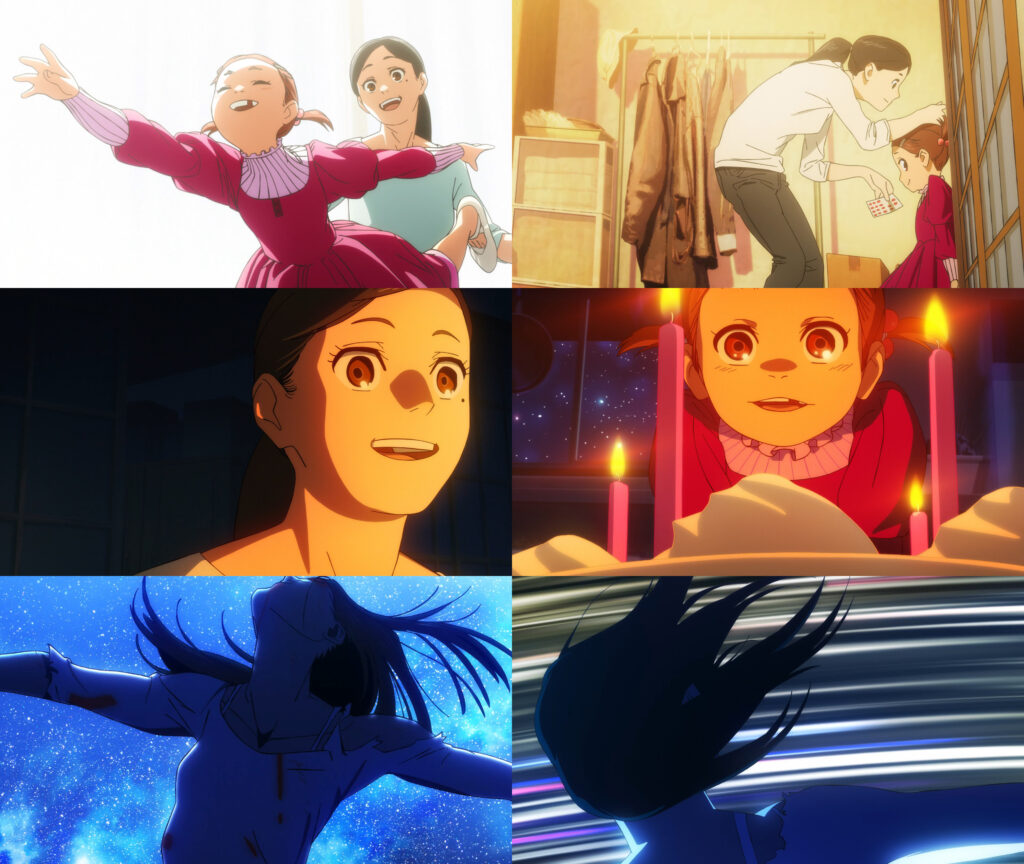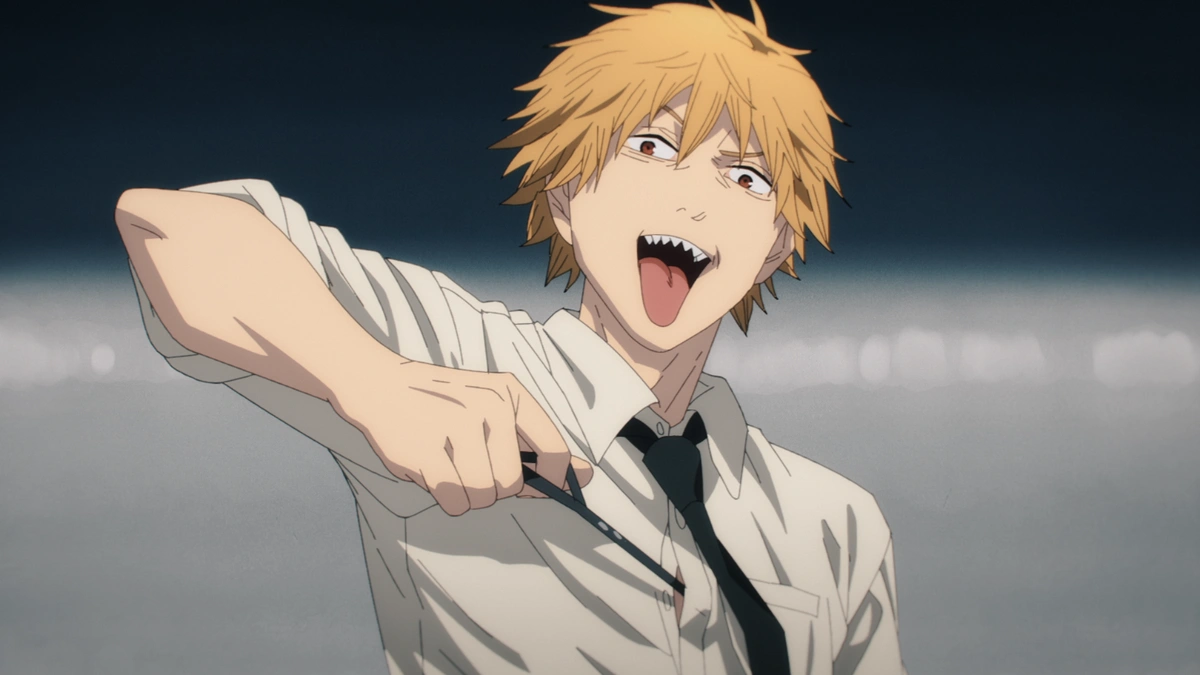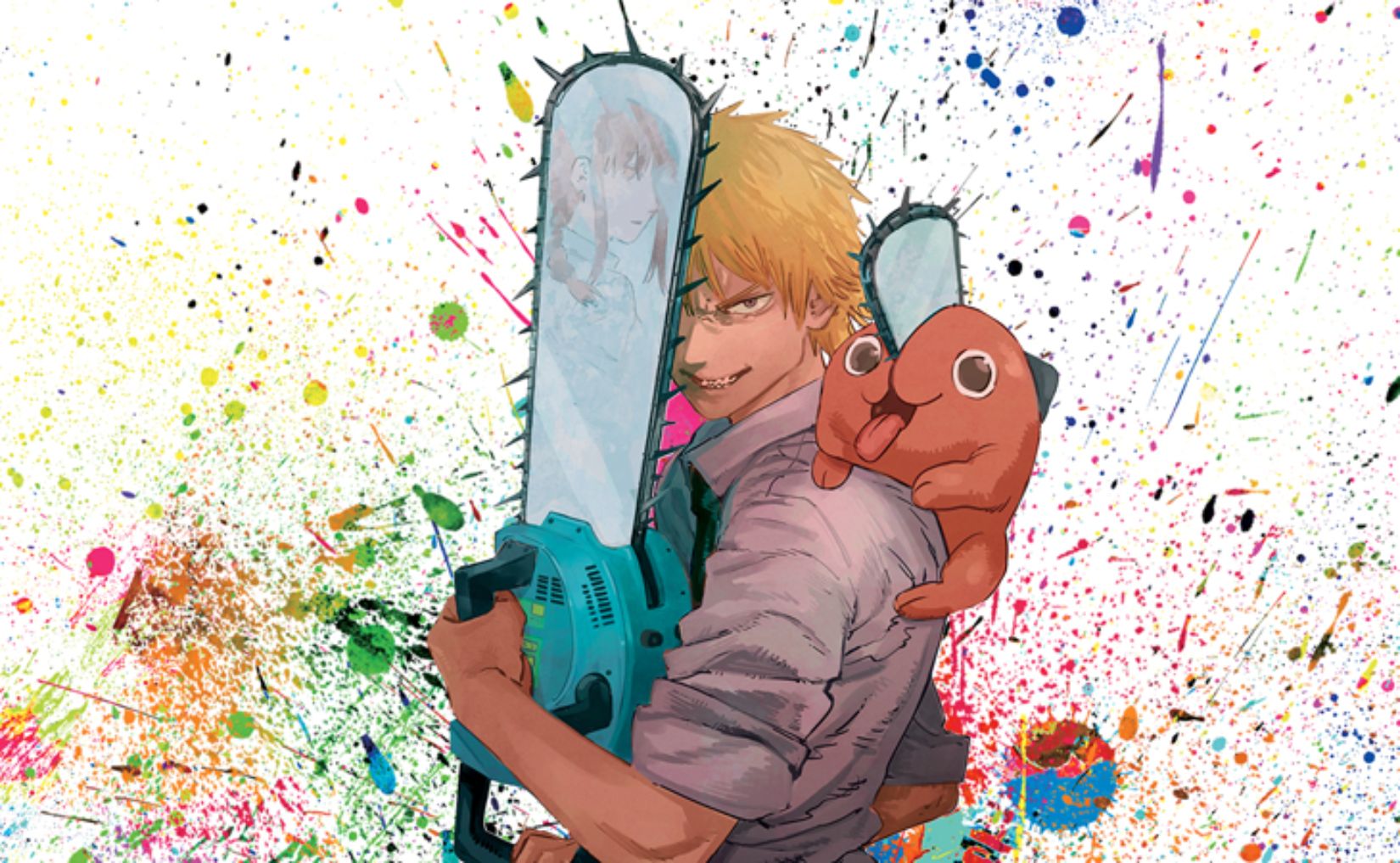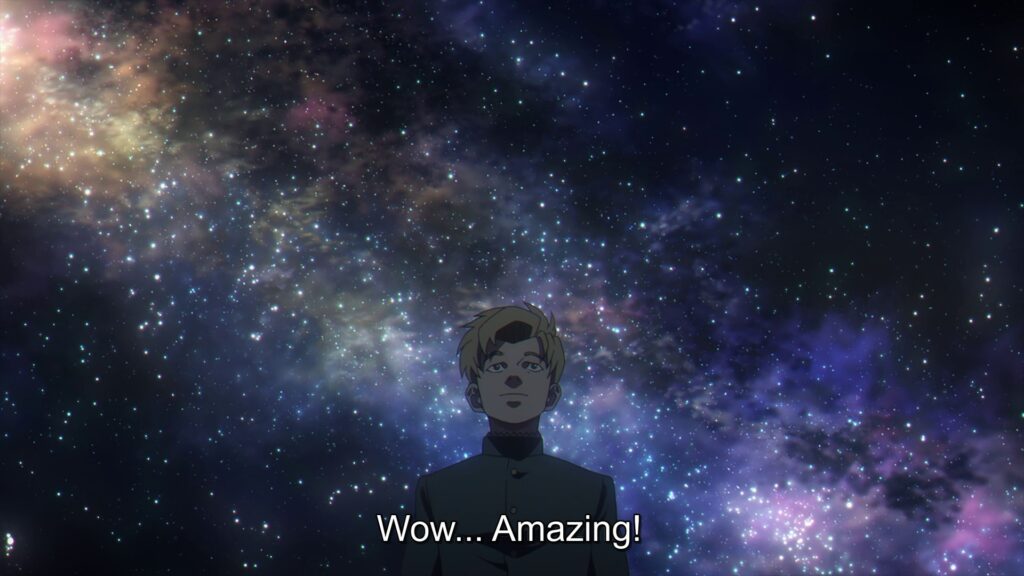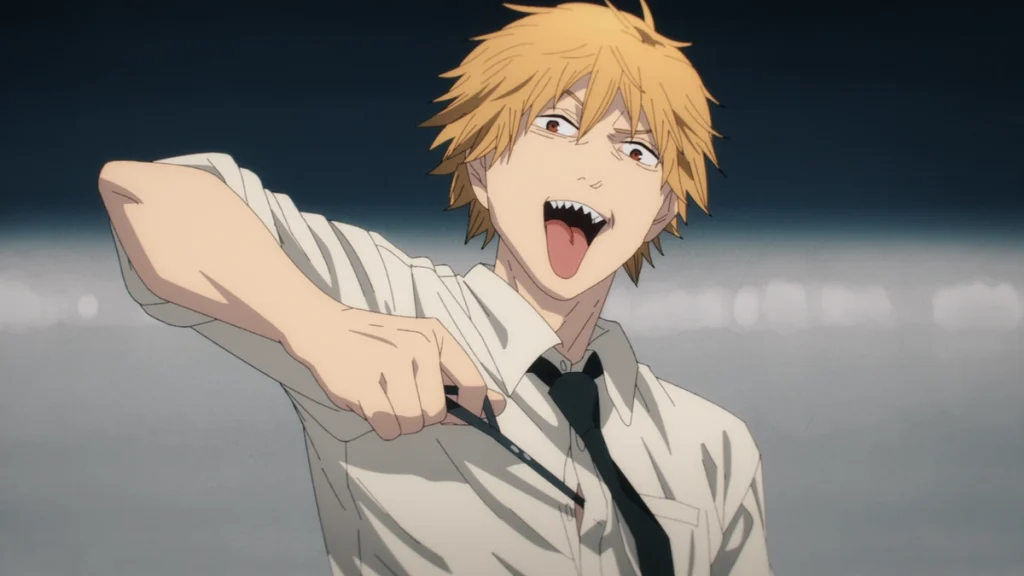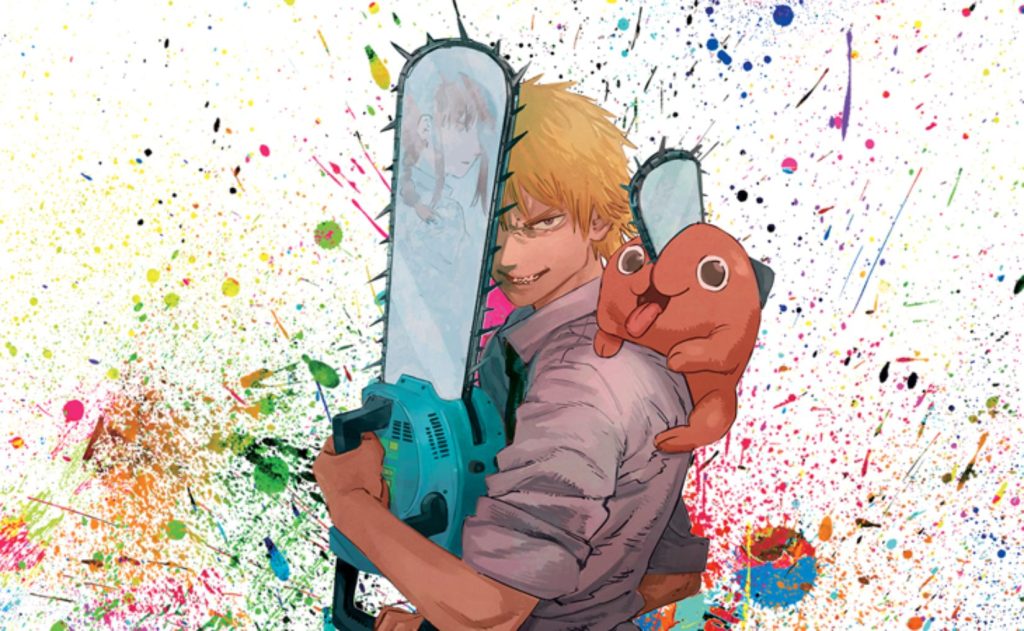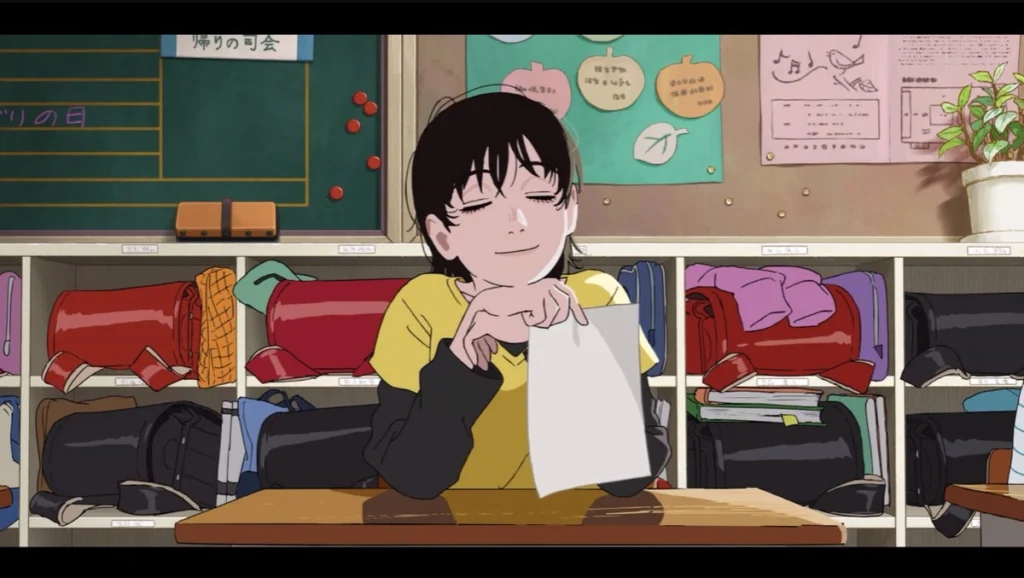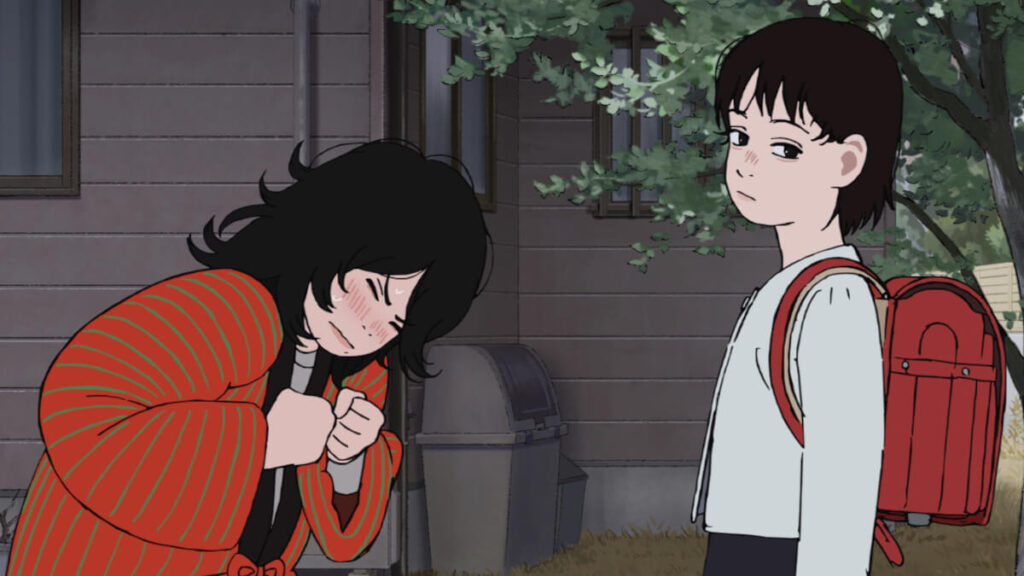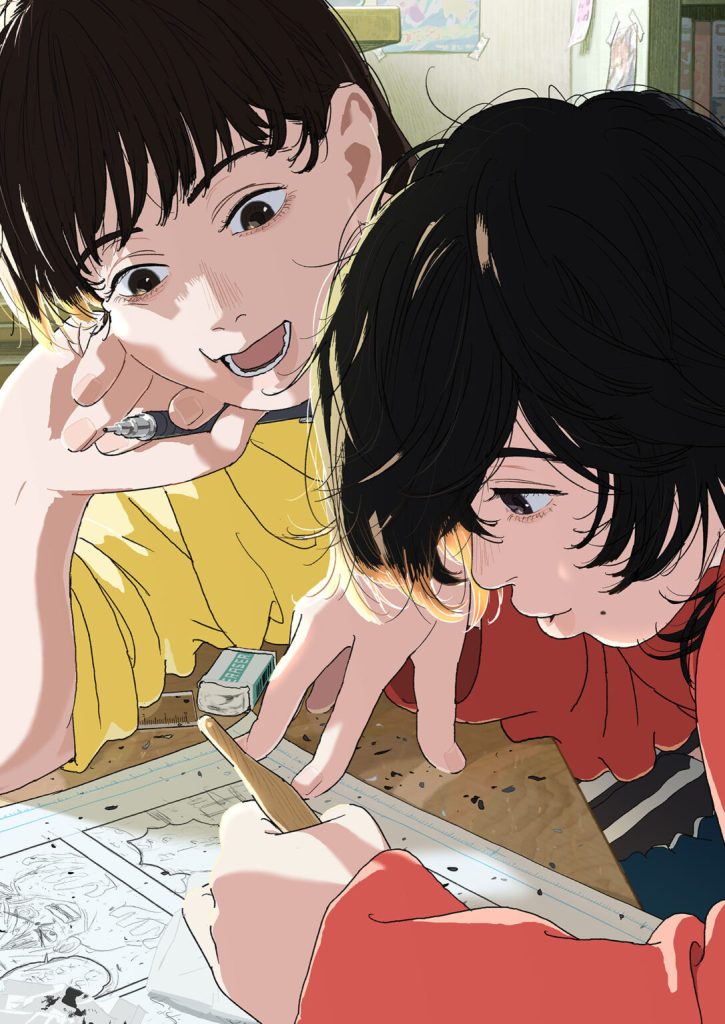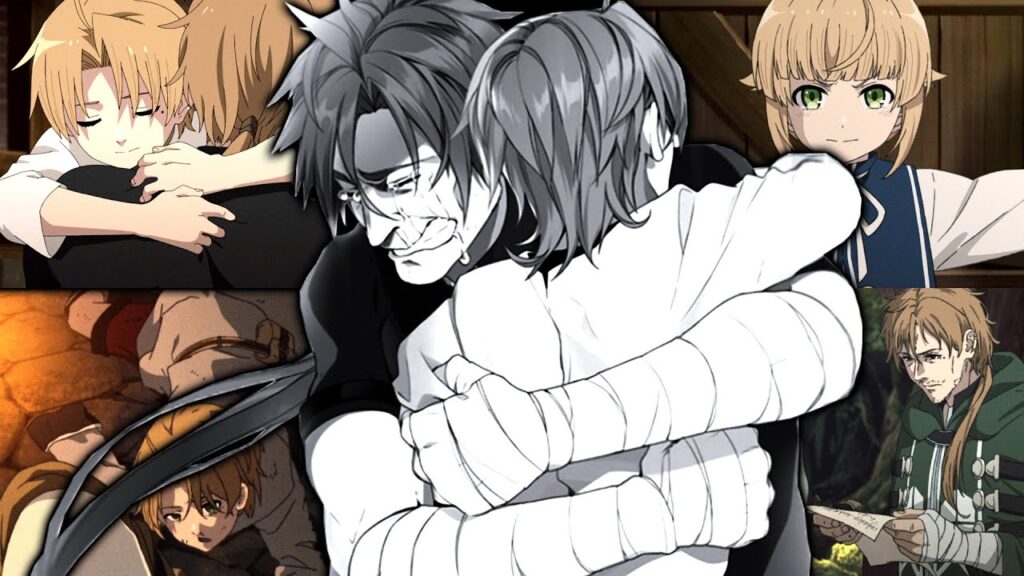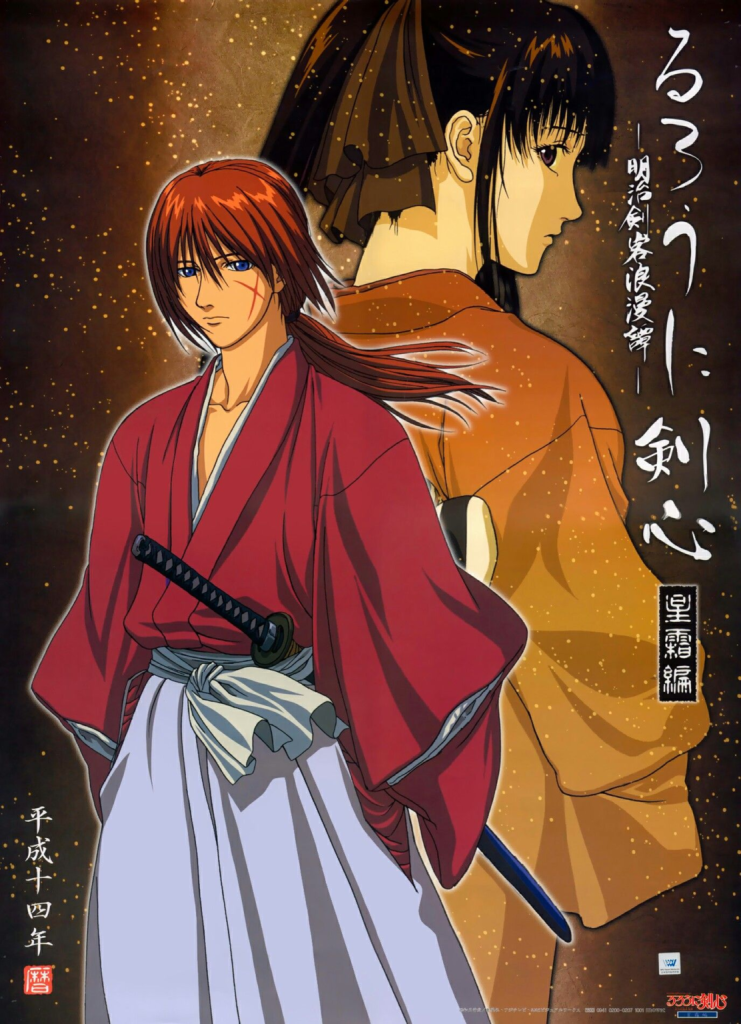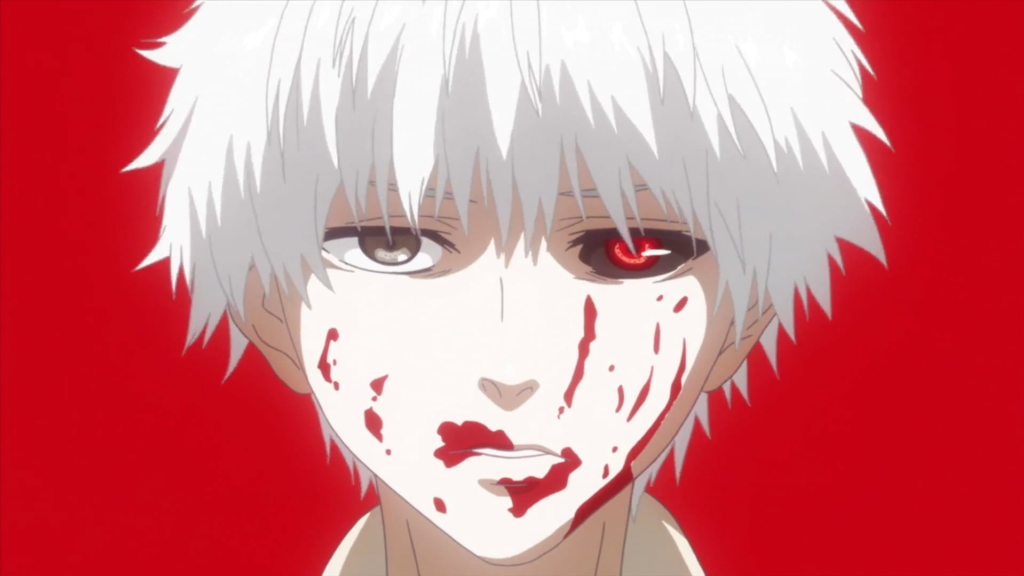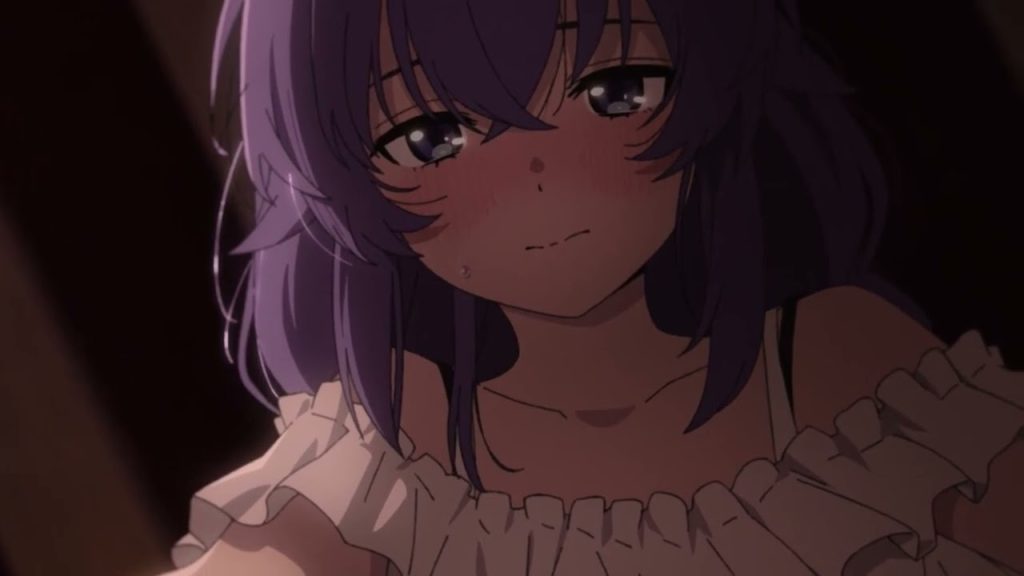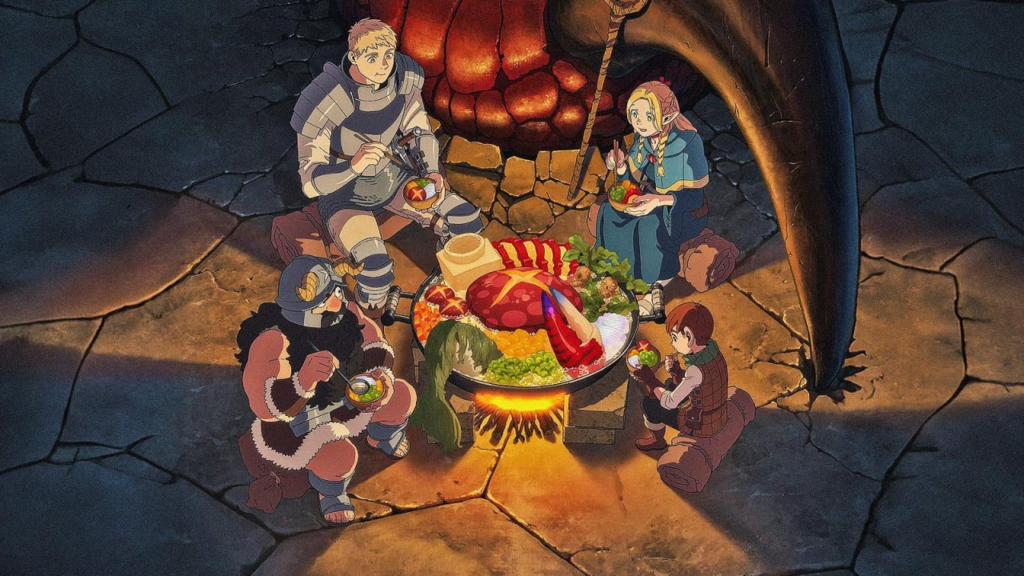There’s been chatter claiming the anime skipped showing the mother jumping off a building due to censorship or the studio shying away from “brutal” imagery. I see it differently. To me, the way this scene was handled in the anime is even more haunting.
The storyboard for this episode comes from Shuuto Enomoto. While this marks his official debut as a storyboarder, Enomoto’s no stranger to standout projects—think Little Witch Academia, Your Name, Flip Flappers, Heike Monogatari, and Heavenly Delusion. In short, he’s a seasoned hand at visual storytelling, honed by working alongside some of the industry’s biggest names.
And in this week’s Dandadan episode, Enomoto’s knack for visual narrative shines at full throttle.
Two Standout Details
Two elements really elevate this sequence for me. First, the pan shot of the mother and child. This is a memory of their happiest moment together. Normally, you’d expect a mid-range shot capturing both figures. But Enomoto doesn’t play it safe. Instead, he opts for a 360-degree continuous pan shot—blending hidden cuts to make it feel like one unbroken take (a technique Mamoru Hosoda nailed in Wolf Children). What’s special here isn’t just the seamless flow. Unlike a standard “flat” pan, Enomoto tweaks it—circling the camera closer to the characters. It pulls us in, making us feel less like distant observers and more like we’re living those joyful seconds with them. (I’ve linked a clip below the comments for a clearer look.) This twist ties into the mother’s perspective too—a ballet dancer who spins through her routines, the shot mirrors a world twirling around their story.
The second detail hits in the ballet sequence. As it ends, there’s a cut: the mother tilts her head back, and if you watch the background, the stars warp into streaky, curved trails across the sky. It’s a clue—the camera’s locked on her, but she’s moving fast, impossibly fast. The intent dawns with a loud “thud” and a blackout. These are her final moments, falling freely. Sure, showing her leap from a high-rise would’ve been sad and shocking. But this freefall twist? It’s stuck with me, hauntingly so 🥲.
A Dreamlike Ambiguity
Framing it through her ballet adds another layer. Instead of an explicit jump, the scene feels “dreamlike”—leaving you unsure if it’s real, even knowing she’s gone. It ties neatly into the earlier moment: tripping on the road, her last image collapsing into her own blood. It’d be a stretch for her to trek to a tall building, dance, then leap. This subtle shift keeps it logical—and amps up the lingering unease.
Soundtrack That Sinks In
It’d be a crime not to mention Kensuke Ushio’s phenomenal music. He’s one of my favorite composers right now, with a gift for breathing soul into stories through emotive tracks—think A Silent Voice, Liz and the Blue Bird, Heike, Chainsaw Man, Bokuyaba. His long, aching notes and soulful melodies grip your heart tight here.
Pure Cinema
This episode is CINEMA, plain and simple. It’s got it all—a touching story, expressive animation, and a “hard-to-describe sorrow” soundtrack that moves you. Yeah, the page has been tossing “cinema” around a lot lately, but honestly, it fits 😂.

